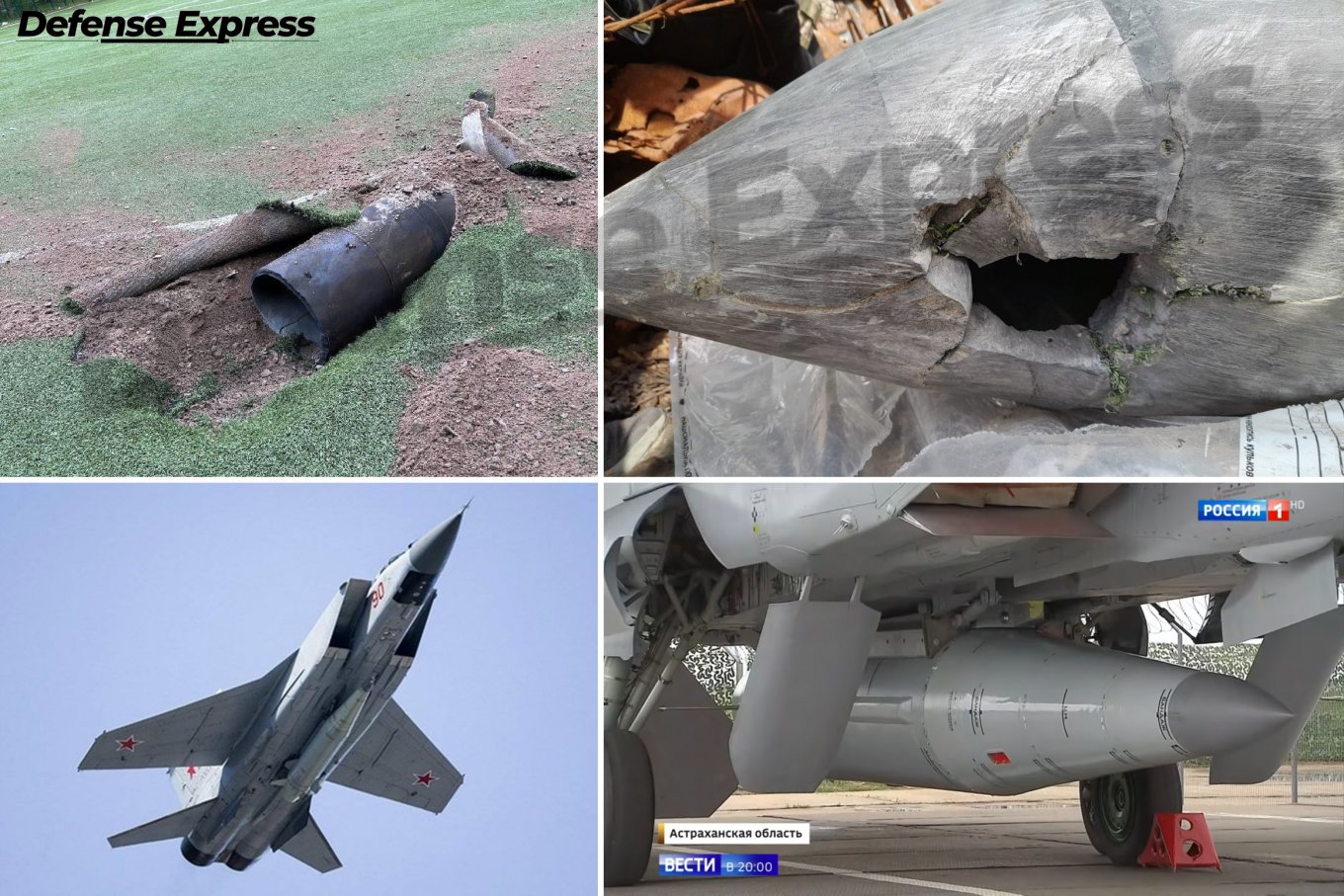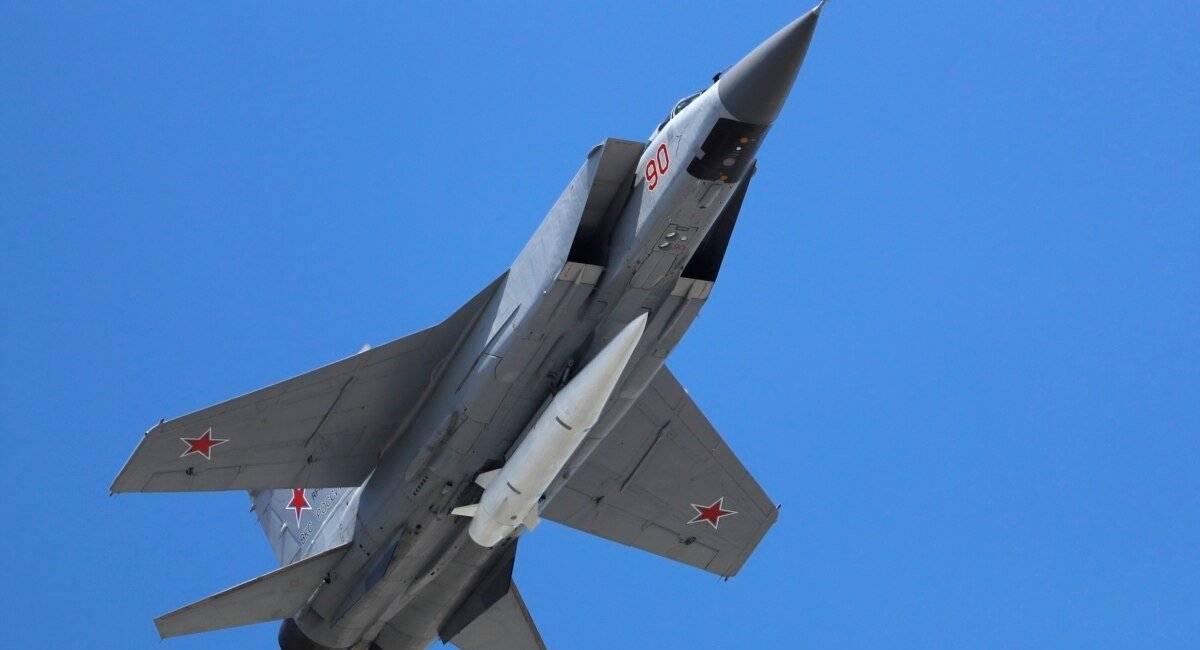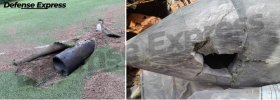Russia’s most advanced fighter, the Sukhoi Su-57, has conducted combat operations against targets in Ukraine – albeit from considerable ranges.
Russia's most advanced fighter, the Sukhoi Su-57, has conducted combat operations against targets in Ukraine - albeit from considerable ranges.

www.flightglobal.com
----
Russian Aerospace Forces (VKS) has suffered heavy losses over Ukraine:
Unverified estimates from classified US government intelligence materials leaked on social media indicate large numbers of aircraft losses for both Russia and Ukraine, including fixed-wing fighters and helicopters.

www.flightglobal.com
Ukraine has lost roughly 60 aircraft to Russia since February 2022, said Gen. James B. Hecker, the top U.S. Air Force commander in Europe.

www.airandspaceforces.com
Lack of Effective Adaptability
As stated before, the Ukrainian surface-to-air defence gradually reconstituted certain capabilities once Russia refocused on the land war. To avoid the threat, Russia’s aircraft were forced to perform entire missions from friendly territory with standoff munitions or low-altitude tactics, thus becoming exposed to Ukraine’s and even their own MANPADS.9
One month after the invasion, once the Ukrainian defence was reorganized and had effectively engaged the enemy forces, Russia finally reacted and boosted its flights by almost fifty percent. Throughout July and August, Russia further increased its air presence over Ukraine, especially after Ukraine’s retaliatory strikes into the Saky airport, the main Naval Aviation base in Crimea.10, 11
However, due to the high attrition, the VKS reacted and adjusted its tactics by reducing the number of flights over Ukrainian-controlled territory and operating mainly from Belarus, Crimea, or the Russian mainland, especially at night, with strategic bombers carrying cruise missiles and flying at high altitudes to improve endurance. Additionally, and with sure success, the VKS took advantage of its technological superiority by using long-range air-to-air missiles to target Ukrainian fighters from long distances, even from Russia’s mainland.12
The decision to operate mainly outside of Ukraine’s territory led to a drastic decrease in downed aircraft. However, the Russian Army Aviation had to continue flying in support of their land forces, thus operating close to or inside Ukrainian-controlled territory. Yet even when operating under the umbrella of Russian-based air defence, the attrition rate for Army Aviation continued to increase.13
With this adaptation, the VKS aimed to reduce losses while supporting the invasion. However, the lack of guided munitions and platforms capable of striking at night negatively impacted the precision of their attacks and, thus, the support to their ground troops.
Inadequate Experience and Training
The VKS does have combat experience. It has been involved for years in the Syrian Civil War, Crimea, and Georgia. However, they executed mainly air-to-ground missions under insignificant threats from air defence fighters or surface-to-air systems, in contrast to the current scenario in Ukraine. Furthermore, recent statistics released by the Russia’s Ministry of Defence revealed that, in the last years, VKS fighter pilots averaged around 100–120 flight hours, military-transport pilots around 120–140 flight hours, and long-range aviation crews and army aviation pilots approximately 100 flight hours annually.14 By comparison, all are well below NATO proficiency standards.
Additionally, this data only reveals the flight hours rather than the quality of training. VKS exercises vary in size and tactical challenges, including night flights, very high or very low-altitude flights, adverse weather conditions, or operating from alternate airfields. However, these individually challenging tasks were apparently rehearsed without integrating into more complex or coordinated operations. Evenat the tactical level, VKS fighters mainly operate as single aircraft or in small formations without integrating with the other flight formations.15 Overall, Russians exercise narrow tactical situational scenarios and ignore integration and complex campaign planning.
Although the Russian forces employed and experimented guided munitions in Syria, the VKS’s air-to-ground training was focused mainly on the employment of unguided bombs and rockets, possibly due to the limited availability of guided munitions. The attacks with unguided munitions, even by well-trained pilots, pose significant risks due to the lower-launch altitudes to reduce exposure to threats, which also reduce cueing accuracy as the time available for proper aiming is reduced. Such instances have been observed throughout the last months of the invasion on many occasions.16
Introduction On 24 February 2022, the world witnessed outrage over Russian missiles attacking multiple targets in Ukraine, waves of helicopters at very low altitudes in what appeared to be aerial assaults on various airports, and reports about paratrooper assaults. Convoys of armoured vehicles...

www.japcc.org
----
VKS uses cruise missiles, ballistic missiles, and drones to strike at targets inside Kyiv from a safe distance.
View attachment 929260
View attachment 929261
Full account in following link:
On 5 May 2023, Ukrainian local news outlet Defense Express announced that Ukraine’s defence forces managed to shoot down a Russian Kh-47M2 Kinzhal air-launched ballistic missile at around 02:40 on 4 May over Kyiv.

euro-sd.com
There is no proof of a Russian Su-57 infiltrating Kyiv and releasing a Betab-500 bomb on a target only for the bomb to be intercepted while the jet fighter escaped.
Russia is unable to develop a true stealth jet fighter like Americans.
The Su-57 is marketed as stealth fighter but radars have between 6 to 10 times greater detection range against the Felon than the F-22 & F-35

theaviationgeekclub.com
VKS is far behind NATO Air Power:
Russia has made a lot of noise about the modern weapons it has used during combat in Syria and how effective these new weapons are. Fresh Su-34 attack jets scream through the skies, while the latest in small arms test their mettle. But the reality is most of what Russia has used is not as shiny...

jalopnik.com


















